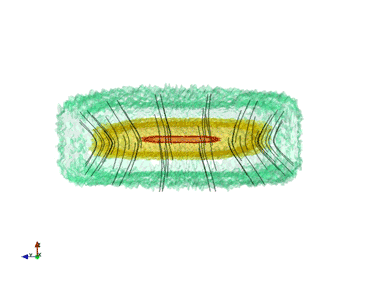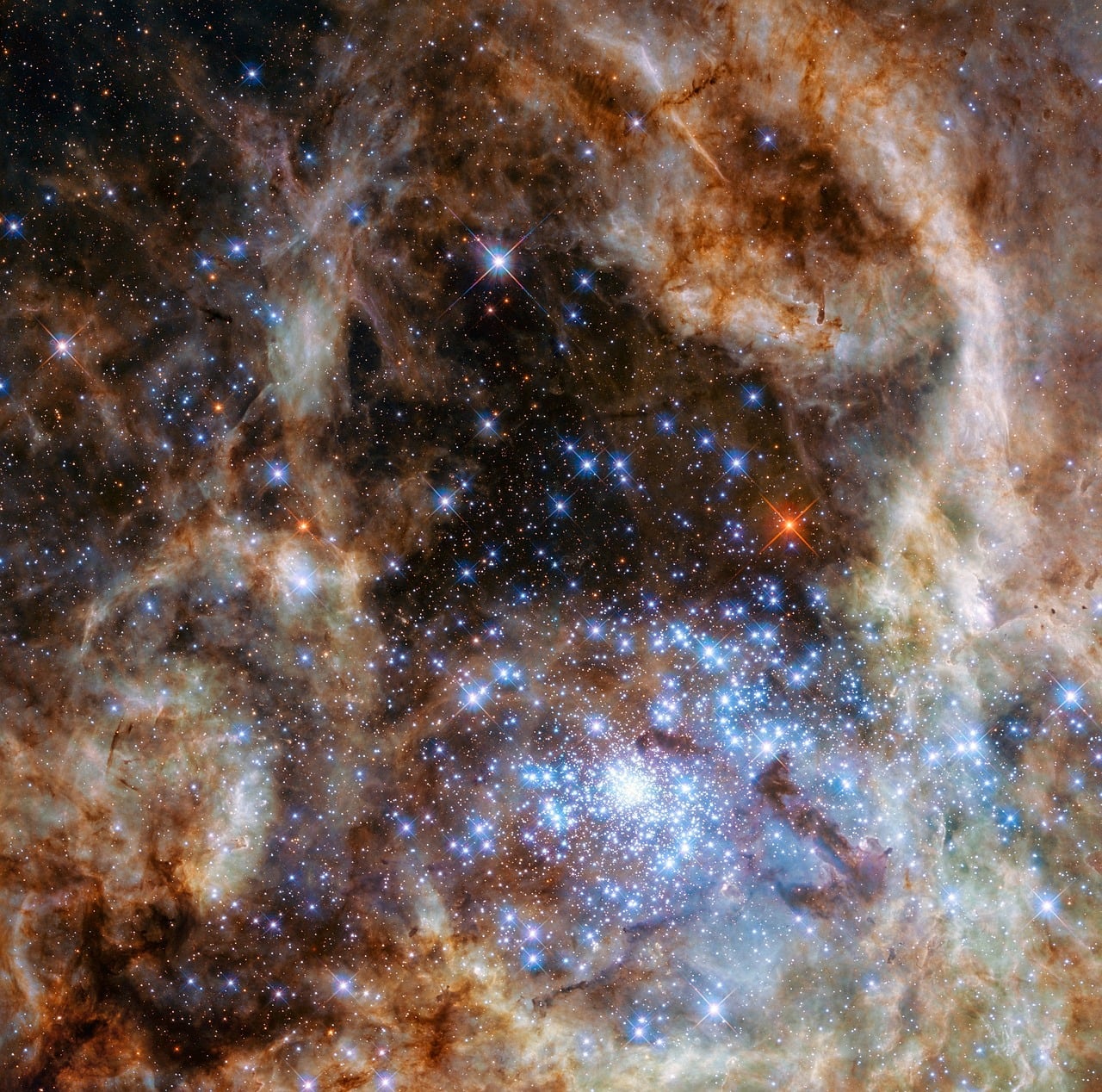Astronomers have successfully created a 3D map of an interstellar cloud by watching its “singing”-like frequencies released through magnetic vibrations. To create the map, scientists looked at the interstellar cloud Musca, south of Crux, the Southern Cross constellation, which is a stellar nursery.
A stellar nursery particularly means that the interstellar cloud will form a new star system while it’s collapsing over the course of time. The formation process is revealed by the 3D map of an interstellar cloud. The model was also created so that scientists can better understand such clouds and what dictates the numbers and types of stars that are going to form.
“The 3D structure of interstellar clouds has been, for decades now, the ‘holy grail’ in figuring out how clouds break up into smaller fragments, and how these fragments go on to form stars,” Konstantinos Tassis, co-author of the new study published on May 10, in the journal Science, and a researcher at the University of Crete in Greece, told Space.com in an email.
Tassis and his fellow colleague, astronomer Aris Tritsis, of the Australian National University are hopeful that reconstructing Musca’s 3D structure will help them make tests of theoretical models of interstellar clouds and help scientists understand how stars are born.

The scientists looked at the cloud’s vibrations, which show up as hair-like striations around it. Musca magnetically vibrates “singing”-like frequencies which was used in the map formation. Creating a 3D map of an interstellar cloud, while observing it from Earth is rather difficult.
It “has always been particularly difficult, because of projection effects: Pancakes, for example, can look like needles if we look directly at their thin side, and like round blobs if we look at them face-on. How do we tell what shape we really have in each case?” Tassis said.
According to Tassis, the secret behind those striations is quite challenging to understand. However, their work indicates ways to interpret them, given that the magnetic waves reveal the nature of the cloud.
The reason why the team chose Musca is because it’s isolated in a unique way. Scientists can easily spot such clouds. Earlier, Musca was described as “needle-shaped,” but astronomers found that the striation patterns showed that the interstellar cloud is in fact pancake-shaped. Pancake-shaped clouds are a result of magnetic forces. According to Tassis, understanding the shape of the cloud is of critical importance for understanding what kinds of forces are interacting inside the cloud.
“Stars are formed inside molecular clouds. However, exactly how this happens is still a mystery,” Tritsis told Space.com.
Another reason these clouds are hard to study without a 3D map of an interstellar cloud is because we are only capable of seeing them as flat structures, when in fact, they are three-dimensional. This 3D model helps to study them, because normally it’s impossible to tell how dense they are and what’s happening inside.
“All sorts of different physical and chemical processes take place in their interior, and as a result, the process of star formation is poorly understood,” Tassis told the Los Angeles Times. “How does a giant cloud of a million solar masses break up into smaller pieces, and how do these fragments condense into stars similar to our sun? What makes a cloud form a lot of small stars or a few larger ones?”





